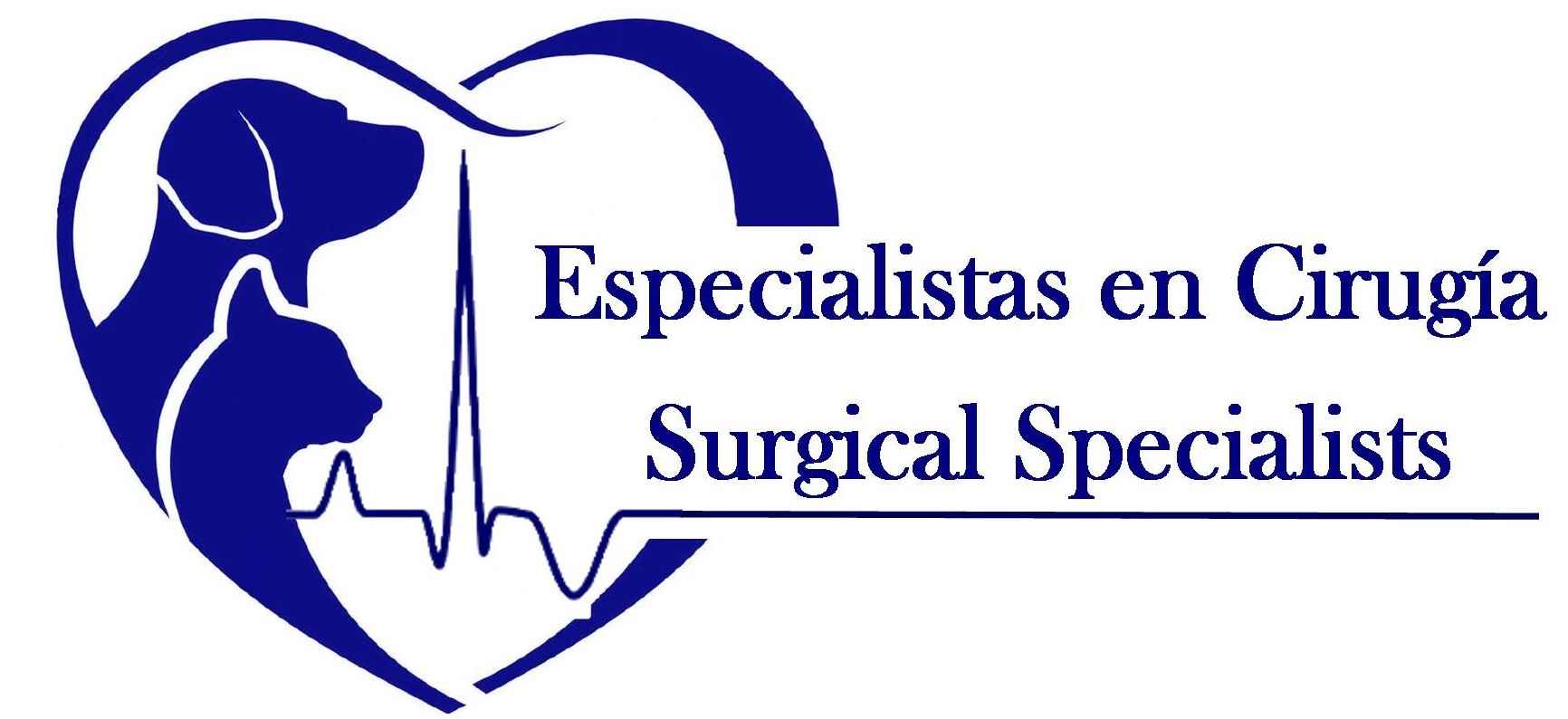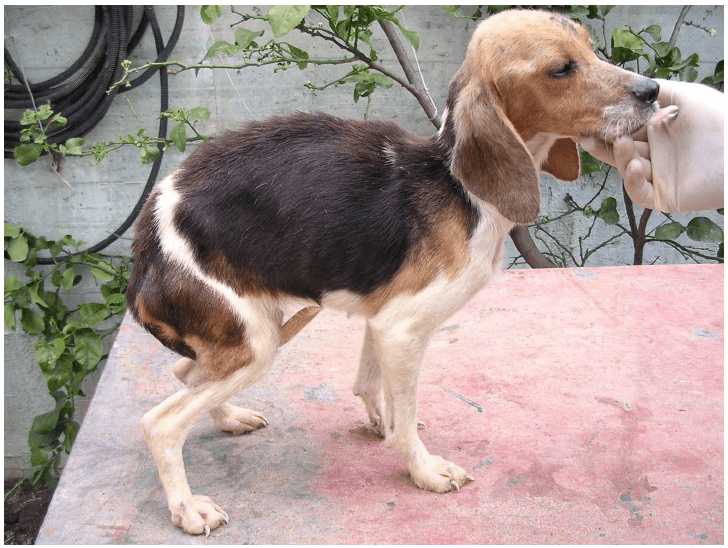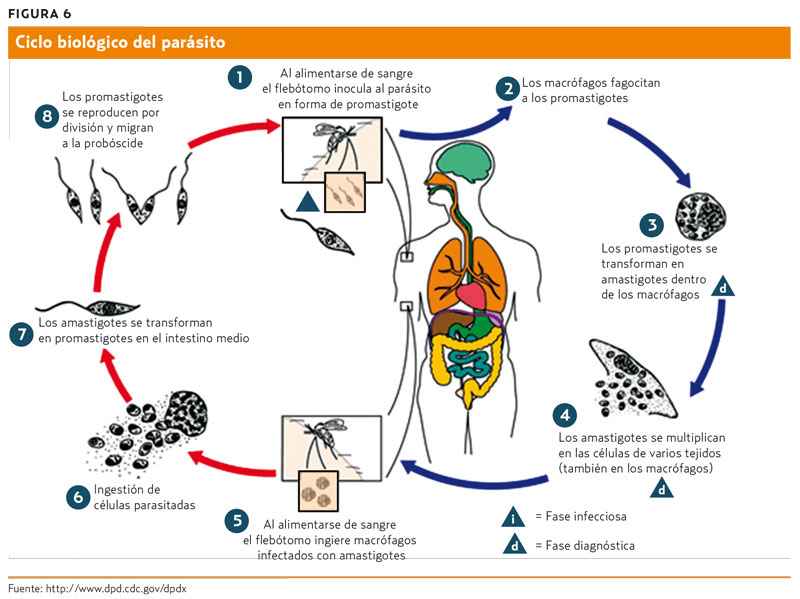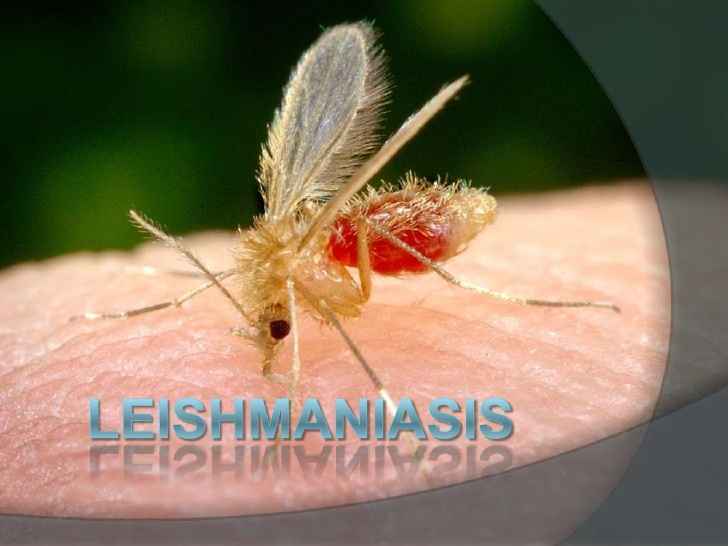Posted: 11-08-16
1) What is leishmaniasis?
Leishmaniasis is a parasitic disease that is found in parts of the tropics, subtropics, and southern Europe. Leishmaniasis is caused by infection with Leishmania parasites, which are spread by the bite of infected sand flies and mosquitoes. There are several different forms of leishmaniasis. The most common forms are cutaneous leishmaniasis, which causes skin sores, and visceral leishmaniasis, which affects several internal organs (usually spleen, liver, and bone marrow)
2) What are the symptoms and signs of cutaneous leishmaniasis?
Dogs who develop clinical signs show sores and hair loss on their skin around the face, ears, and paws. The sores usually are painless but can be painful. Some animals have swollen glands near the sores. Most dogs also develop overgrown nails.
4) Can people get Leishmaniasis as well?
Yes we can, so we should also take protective measures for us.
5) How common is leishmaniasis in Spain?
The number of new cases per year is not known with certainty, but is estimated that about 2.5 million dogs are currently affected.
6) How do dogs get infected with Leishmania parasites?
The main way is through the bite of infected female phlebotomine sand flies or mosquito. Sand flies become infected by sucking blood from an infected animal or person. We might not realize that sand flies are present because:
• They do not make any noise;
• They are small (2-3mm long): they are only size of typical mosquitoes or even smaller;
• Their bites might not be noticed (the bites can be painless or painful).
Mosquitoes usually are most active in twilight, evening, and night-time hours (from dusk to dawn). Although sand flies are less active during the hottest time of the day, they may bite if they are disturbed (for example, if a dogs brushes up against the trunk of a tree or other site where sand flies are resting).
3) What are the symptoms and signs of visceral leishmaniasis?
Dogs who develop clinical signs usually have fever, weight loss, enlargement (swelling) of the spleen and liver, and abnormal blood tests. Dogs may have low blood counts, including a low red blood cell count (anemia), a low white blood cell count (leukopenia), and a low platelet count (thrombocytopenia)
14 things you did not know about: Leishmania
7) Who is at risk for Leishmania infection?
People and animals of all ages are at risk for infection if they live or travel where leishmaniasis is found. The transmission risk is highest from dusk to dawn because this is when mosquitoes generally are the most active. We recommend to keep your dog inside during the night.
8) After being bitten by a mosquito, how long till leishmaniasis develops?
Some dogs have a silent infection, without any symptoms or signs.
The hair loss and skin sores of cutaneous leishmaniasis usually develop within 3 months.
Animals with visceral leishmaniasis usually become sick within 18 months.
9) What should I do if my dog might have leishmaniasis?
Come see us and we will test your pet for Leishmania
10) How is leishmaniasis diagnosed?
If your pet has any symptoms or signs that might be from leishmaniasis, we recommend to perform a complete physical exam and use IDEXX’s ELISA SNAP test, which is the most accurate and reliable “fast” test on the market currently. All we need for the test are 3 drops of blood and 20 minutes.
11) Does leishmaniasis have to be treated?
Yes it does, if not treated leishmaniasis typically is fatal due to kidney failure.
12) What can I do to prevent an infection in my pet?
There are several vaccines and topicals available to prevent infection.
The vaccine that offeres the best protection, currently on the market, is LetiFend. This is a one-time vaccine that protects your pet for an entire year, and needs to be boosted annually.
If you vaccinate your pet or not we recommend to use topical prevention as well. Either in the form of the Scalior Collar, which protects your pet for 6 month, or with monthly application of pipets from Vectra or Advantix.
If you combine the vaccine and the preventative measures, your pets protection can be as high as 99%.
ALWAYS REMEMBER: PREVENTION IS CHEAPER THAN TREATMENT!
13) If my pet has already had leishmaniasis, could s/he get it again?
Yes. Therefore, you should follow the preventive measures discussed above whenever you are in an area where leishmaniasis is found.
14) I was told that in the “winter months” I do not have to give my pet any mosquito prevention, because it is “cold”. Is that true?
NO, NO, and NO!!! Unfortunately, we are living in a very warm part of Europe. Mosquitoes stop flying under 15C, which we do not frequently get. Last December we even had some days with 18C. During those warmer days of the “colder winter months” the mosquitoes can still fly and infect your pet. Therefore, we recommend to keep your dog on prevention ALL YEAR ROUND.














